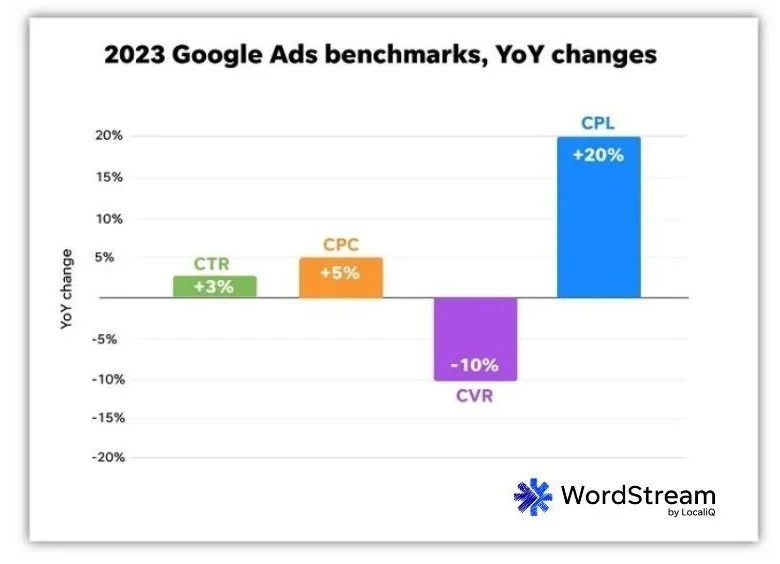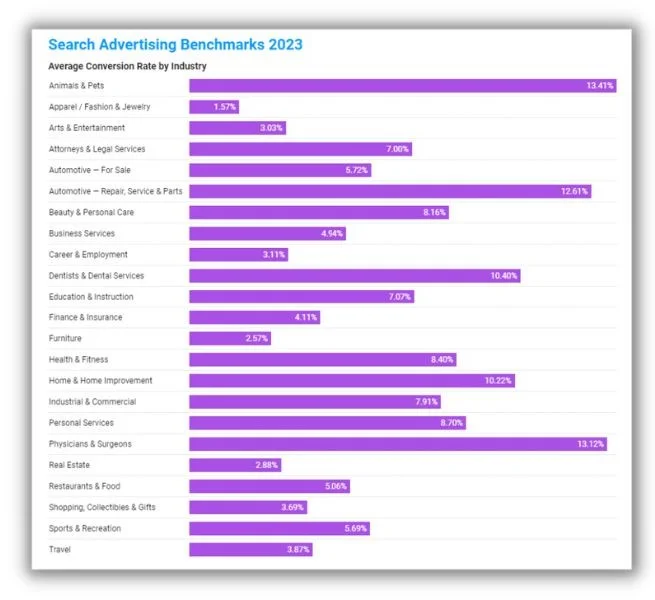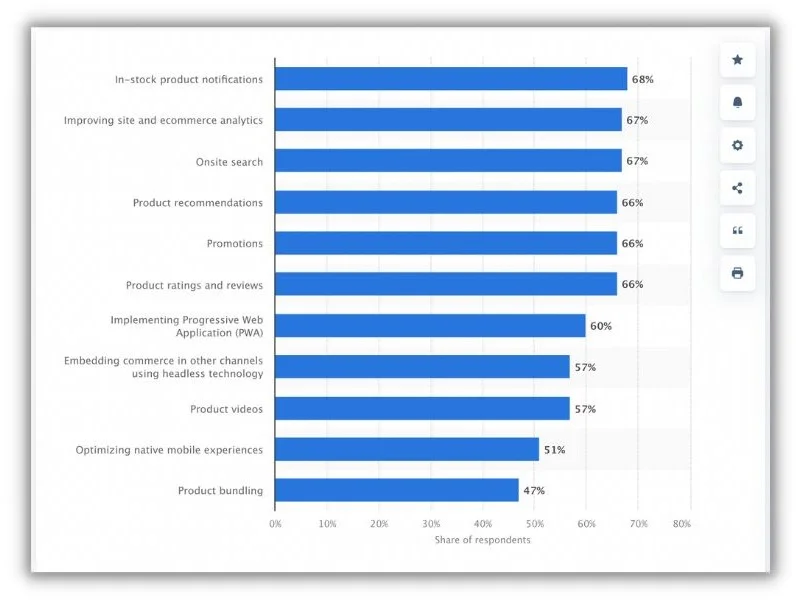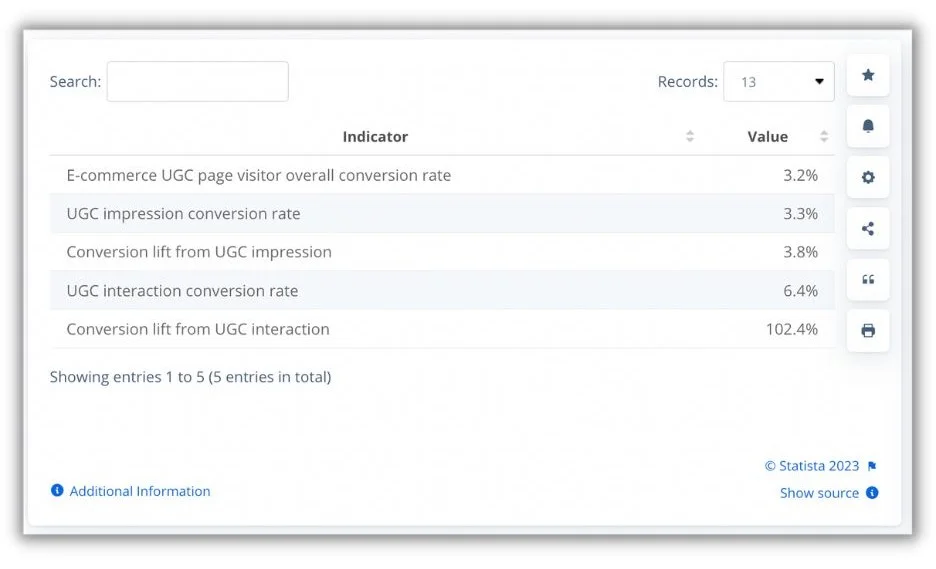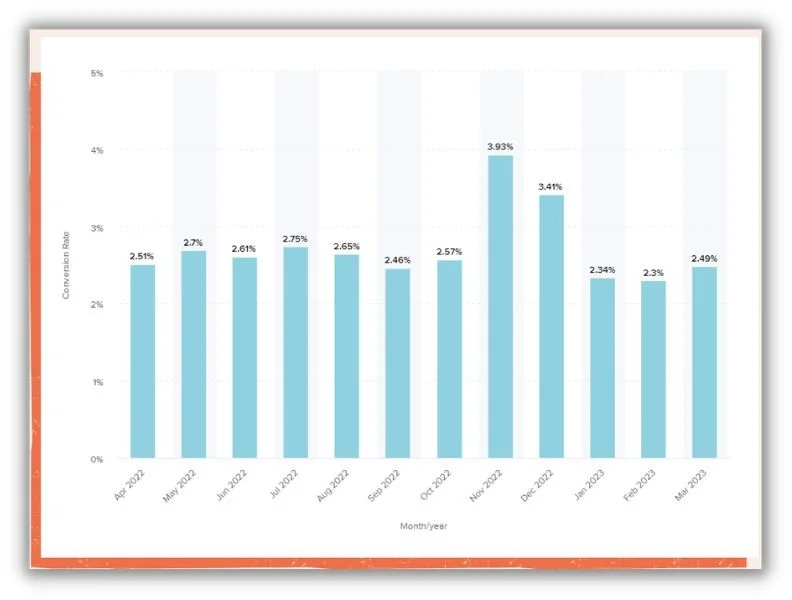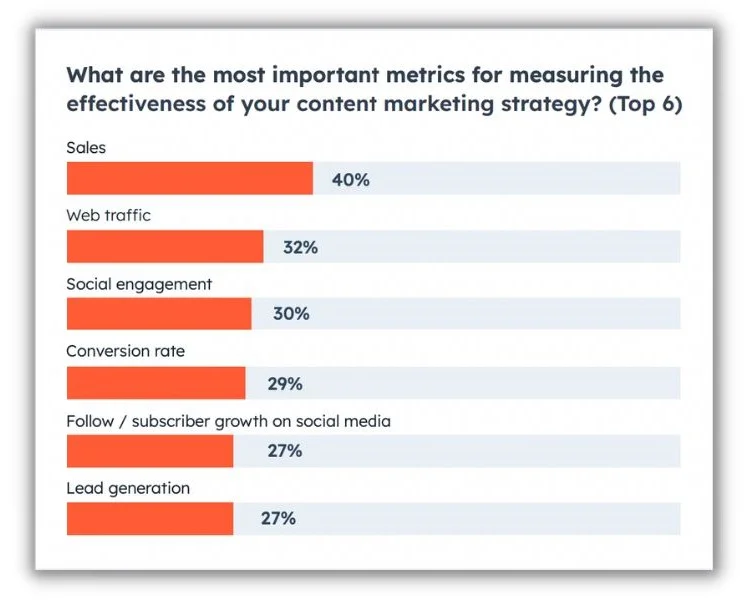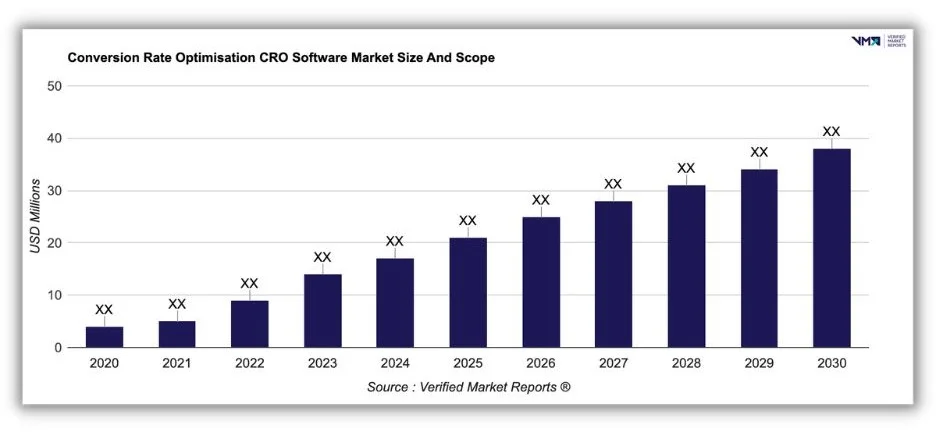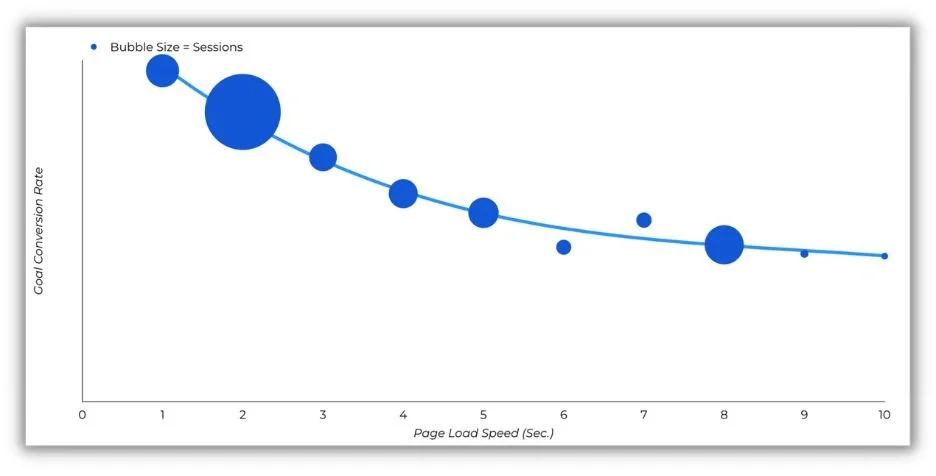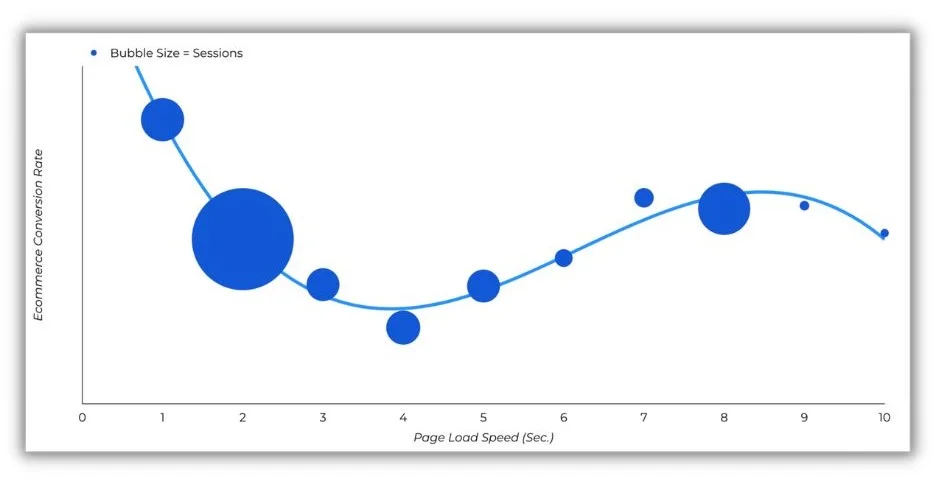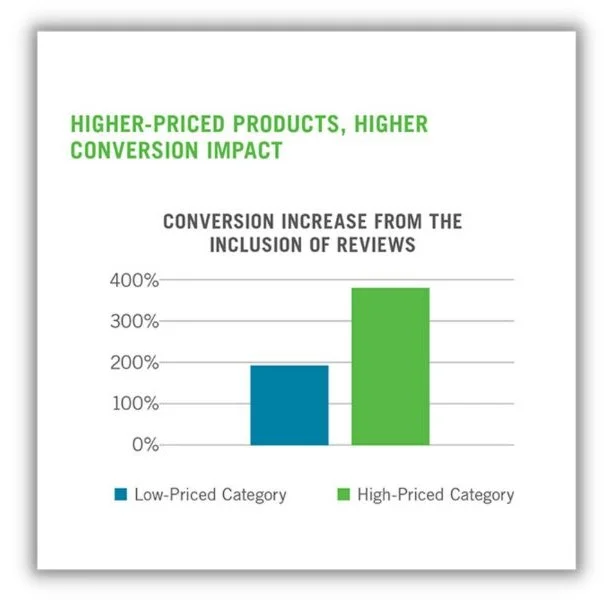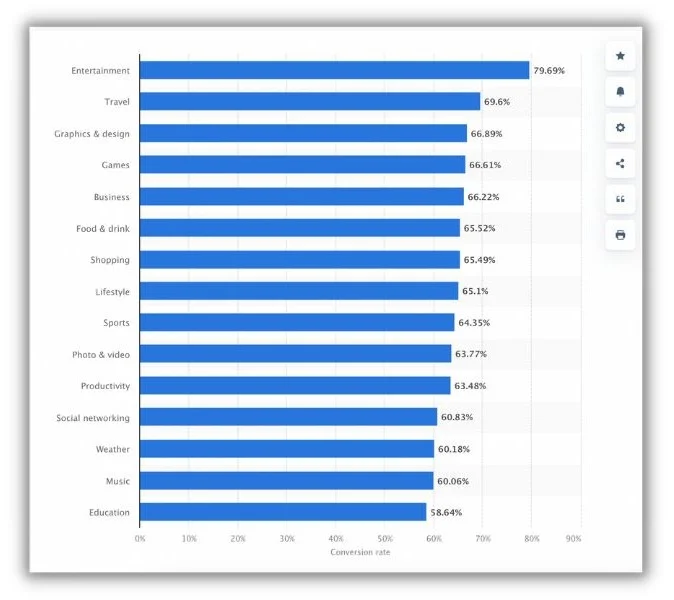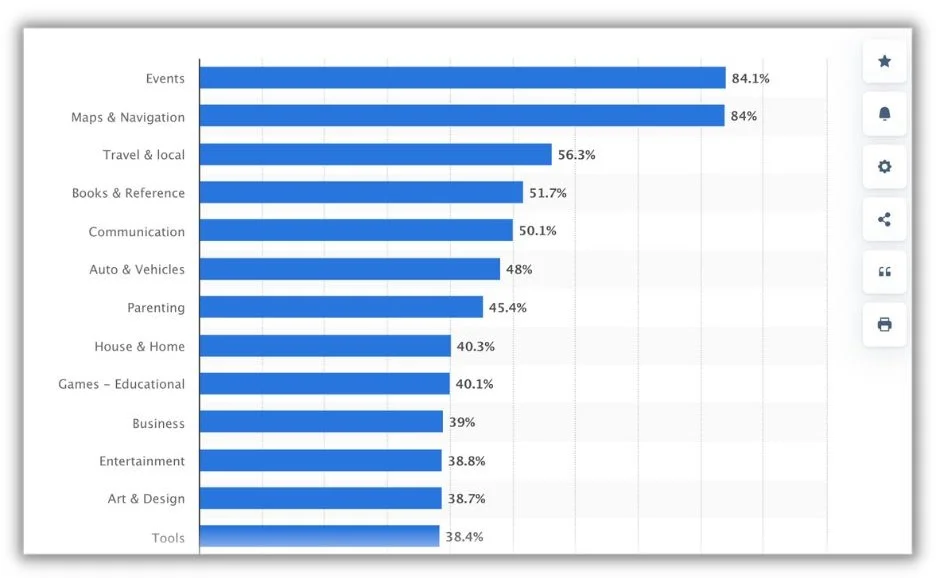Traffic is great, but it’s optimizing your conversion rate that’ll grow your business. This list of conversion rate optimization statistics will help you benchmark your current results and give you data-backed strategies to get more conversions from every campaign.
Table of contents
What is conversion rate optimization?
Conversion rate optimization (CRO) is a data-driven approach to increasing the percentage of website visitors that take any desired action on a webpage (like making a purchase or booking an appointment).
The process involves understanding how users interact with a site, identifying barriers to conversion, and then developing hypotheses to overcome these barriers, which are tested for effectiveness.
Why is conversion rate optimization important?
It’s important to recognize that CRO is not another buzzword—it’s a pivotal growth strategy that can make or break a business.
Maximizes marketing spend
Conversion rate optimization ensures that the traffic you drive to your website through various marketing efforts isn’t wasted. By honing the effectiveness of your site, you’re getting more value from the same number of visitors, which in turn improves your ROI on marketing spend.
Increases customer lifetime value
CRO doesn’t just work to convert one-time buyers; it optimizes the user experience to foster repeat customers, increasing the lifetime value of each customer and reducing the constant need for new acquisition.
Lowers customer acquisition costs
By improving conversion rates, you effectively lower the cost of acquiring new customers. Instead of casting wider nets, you’re making the net you have more efficient at catching and retaining fish.
Improves user experience
A core component of CRO is making your site as user-friendly as possible, which naturally enhances the overall user experience. Happy users are more likely to convert, recommend your site, and return in the future.
Encourages data-driven decisions
CRO is grounded in analytics and user feedback, promoting a culture of making informed, data-driven decisions rather than relying on intuition or incomplete information.
Boosts revenue
Ultimately, the importance of CRO comes down to the bottom line—it directly boosts revenue. By turning more visitors into customers and doing so more efficiently, businesses can see a significant impact on their financial performance.
? Want more help developing your growth strategy? Download our free guide and template >> 7 Steps to a Growth Strategy that Gets Results
19 critical conversion rate optimization stats for 2024
These CRO stats expose the effects that industry, strategy, and devices have on conversion rates.
1. The average Google Ads conversion rate is 7.04%
In our yearly Google Ads benchmarks report, we analyzed over 17,000 campaigns and found an average conversion rate of 7.04%.
The bad news? That represented a 10% decline from the previous year.
? Improve your search ad campaigns with our 100% free Google Ads Grader
2. Apparel and fashion jewelry have the lowest conversion rate
After breaking our data down by industry, we saw those businesses selling jewelry and apparel had the hardest time converting visitors to customers. Physicians and surgeons, on the other hand, converted over 13% of their visitors.
3. A good conversion rate for ecommerce is 4.8%
Results from a survey by LittleData gave us a clear picture of what good looks like for ecommerce businesses. A conversion rate above 3.2% means you’re acing it, comfortably sitting in the top 20% of digital storefronts. And if your numbers are soaring at 4.8% or higher? You’re the headline act, dominating the scene and turning browsers into buyers like you’ve got a magic wand for sales.
But if your site’s conversion rate dips below 0.2%, it’s like being the DJ who can’t get the crowd moving. You’re in the bottom 20%, and it’s a clear signal to remix your strategy. But remember, if you’re already a high-flier over 3.2%, pushing for more might hit the point of diminishing returns, where the effort might not quite match the reward.
4. In-stock notifications are the top conversion boosters for B2B businesses
In B2B ecommerce, the ultimate conversion strategy is all about the timely nudge—specifically, alerting customers when a product is back in stock, as hailed by 67% of surveyed pros.
Source
This proactive approach is a sales revival tactic, effectively wooing customers back for a satisfying return purchase. Complementing this with razor-sharp site analytics and on-point onsite searches means rolling out the red carpet straight to checkout.
And let’s not forget the crowd-pleasers: personalized product suggestions, tempting promotions, and the persuasive power of ratings and reviews act like the supportive best friends of conversion, turning browsers into buyers by making them feel like the VIPs of your online storefront.
5. User-generated content is a conversion catalyst
Analysis of 1,200 websites showed a solid 3.2% conversion rate with the presence of UGC, and that rate jumped by an additional 3.8% when visitors encountered and scrolled through UGC.
Source
The real kicker came when users engaged with UGC (not just viewed it). Doing so doubled their likelihood of making a purchase, catapulting conversion rates by an impressive 102%.
This data underscores a clear message: active interaction with customer reviews, photos, and videos turns shoppers into buyers, making UGC a vital key to unlocking e-commerce success.
6. Mobile vs. desktop conversion rates: Which converts better?
Device type significantly influences conversion rates, with desktops hitting a high note at 5.06% while mobile trails at 2.49%, according to Dynamic Yield’s data.
Source
But don’t be fooled; mobile’s might isn’t in conversion percentages but in sheer traffic volume, commanding around 65% compared to desktop’s 32%.
This stark contrast underscores a critical strategy point: neglecting mobile optimization could be costly, risking not just immediate sales but long-term customer allegiance in a market increasingly dominated by mobile browsing. Prioritizing a seamless mobile experience is essential, ensuring you capture the full spectrum of the shopping audience.
7. Automated SMS campaigns can boost conversion by 21%
Getting in touch with customers where they hang out is becoming quite the trend, especially through SMS, Facebook Messenger, and WhatsApp. Think about it—everyone’s glued to their phones these days, right? So it makes perfect sense to drop your ads, promos, and those sweet, sweet discounts straight into their messaging apps. It’s like delivering your pitch into their hands—literally.
The timing couldn’t be better because when your message pings at the right moment, you’re much more likely to catch their attention. And here’s a juicy tidbit: hook up those automated marketing campaigns to SMS, and you could see conversions inflate by 21%.
8. Conversion rate is the 4th most important metric to marketers
Nearly a third of marketing pros, 29% to be precise, cast their vote for conversion rate as an indicator of marketing success. (P.S. conversion rate is not the most important CRO metric.)
Source
That’s a significant show of hands, underscoring that while it may not be grabbing the gold medal, conversion rate is still stepping onto the podium as a crucial measure to watch.
9. The majority of websites maintain a sub-40% bounce rate
When it comes to keeping visitors hooked, it seems like two-thirds of websites are sticking the landing, boasting an average bounce rate below the 40% mark.
On the flip side, only a small fraction, about 11%, find themselves on the higher end of the spectrum, with bounce rates soaring over 60%. This stat highlights that most sites are good at enticing visitors to stick around and explore more than just the landing page.
10. CRO software market will grow to $5 billion by 2025
The conversion rate optimization (CRO) software scene is exploding! From 2019’s cool USD 3.01 billion, we’re cruising to a hefty $5.07 billion by 2025.
Source
Why? Businesses know CRO tools help boost online sales and keep customers hooked. It’s not just about looking good online; it’s about making every visit count, and that’s where CRO comes in.
Now, sure, these tools come with a price tag, and not everyone knows their way around data analytics. But that’s just a hurdle, not a stop sign. Companies are tripping over themselves to pour money into the latest AI and machine learning to get ahead in the website optimization game, which is the golden ticket in CRO right now.
? Learning artificial intelligence can make your marketing more efficient and effective with this free AI in Marketing handbook.
11. Generative AI boosts optimization for 55% of marketers
Marketers are tuning into the frequency of generative AI. Already, 32% are harnessing the power of GenAI, with another 43% lining up to tap into its potential.
The standout feature they’re all excited about? A hefty 55% leap in the ability to experiment and optimize at the drop of a hat. This is about turning campaigns around at lightning speed and dialing up content personalization to impressive levels.
But diving into AI isn’t without its challenges. Finding a clear strategy to unlock AI’s capabilities is still a work in progress for many. The message is clear: it’s optimization gold if you’ve got the map to find it.
12. B2B websites with 1 second load time have 5x more conversions
Portent’s research highlights a straightforward but powerful insight. Faster load times equal better conversion rates.
Source
Stagnancy in improvement is notable, with 82% of sites loading in five seconds or less. That’s unchanged since 2019.
The real eye-opener is the direct correlation between speed and conversions. If your site loads in a brisk one second, your conversion rates could triple compared to a five-second load time. Even more impressive, that same one-second page load can mean conversion rates five times higher than those of a 10-second loader. It’s clear that when it comes to clinching leads, every second shaved off your load time can make a substantial difference.
13. B2C sites with 1 second load time see a 2.5x higher conversion
Similar to B2B sites, recent findings by Portent reveal a crucial link between site speed and sales conversions for B2C websites, too.
Source
There’s good news: site speed is on the up, with 86% of pages now loading in under five seconds—a notable increase from 81% back in 2019.
Here’s why that matters. If your pages load in just one second, you’re looking at ecommerce conversion rates that are a whopping 2.5 times higher than if your site takes a more leisurely five seconds to load.
Bottom line? When it comes to B2C ecommerce, faster is better, and every second really does count.
14. Product reviews greatly affect conversion rates
Products flaunting just five reviews are 270% more likely to be purchased than those with none. Talk about a skyrocket in consumer confidence!
It seems the heftier the price, the heftier the influence of reviews. For more budget-friendly items, showing off reviews can pump up conversion rates by a solid 190%. But for those big-ticket items? A dramatic 380% boost. The graph paints a clear picture: reviews can nearly double conversion rates for low-priced goods and nearly quadruple them for the expensive stuff.
Source
Yet, when it comes to star ratings, perfection can raise eyebrows. Shoppers are most likely to hit the buy button for products rated between 4 and 4.7 stars. Hit that pristine 5-star mark, and shoppers start to get skeptical, wondering if it’s too good to be true.
15. Personalized CTAs convert 202% better than standard ones
Personalized call-to-action buttons (CTAs) aren’t just effective, they’re like striking conversion oil. HubSpot’s deep dive into over 330,000 CTAs over six months unearthed a sparkling stat: Personalized CTAs have a conversion rate that’s 202% better than your run-of-the-mill, one-size-fits-all CTAs.
This isn’t just small potatoes, it’s a full-on feast of potential. Why? Because personalized CTAs are like having a secret handshake with each customer, offering them something that clicks with their unique journey and interests.
16. Videos convert more with mid-roll CTAs and clear email asks
While conventional wisdom placed CTAs and lead capture forms at the beginning or end of videos, data from Wistia consistently shows that mid-roll placements are the conversion sweet spots.
Despite a decrease in their usage, lead capture forms have seen a doubling in conversion rates—hinting at untapped potential, especially when the forms include the term “email” in their copy.
Plus, while allowing viewers to skip giving out their email might seem counterintuitive, it’s proving effective. But the real conversion heroes? The fully gated videos—those that require an email before proceeding—see the highest conversion rates, suggesting that viewers are more willing than ever to exchange their contact information for valuable content.
17. CTA button color isn’t the conversion hero
Think a splash of red or a dash of blue on your CTA button is a game-changer for conversions? Not quite. It’s less about the hue and more about how the button pops against the page, grabbing attention and guiding users to click.
Take a cue from Bing, who dialed up their revenue by $80 million just by picking the perfect blue—a blue not too different from Google’s, tapping into users’ web-wired brains that equate blue with links.
18. Entertainment, games, and travel lead the pack on Apple’s App Store
In the search ad scene in Apple’s App Store, travel and entertainment apps were playing to win.
Source
In the search ad scene in Apple’s App Store during the latter half of 2022, games and entertainment apps were playing to win.
A staggering 69% of users who spotted an ad for a travel app couldn’t resist tapping on it. That’s like two out of every three people deciding to check out the app after seeing an ad.
But hold your horses, because entertainment apps were the ones stealing the spotlight. They hit an eye-popping 79.69% conversion rate, meaning nearly 8 out of 10 people were swiping at those ads like there’s no tomorrow.
19. Events and navigation apps had the highest conversion rate in the Google Play Store
Now, let’s jump into the Google Play Store’s world, focusing on the US market. Here, the overall download conversion rate for Android apps was sitting at a comfy 31%.
Source
Now, let’s jump into the Google Play Store’s world for the first half of 2023, focusing on the US market. Here, the overall download conversion rate for Android apps was sitting at a comfy 31.3%.
But check this out. Events apps, alongside maps and navigation, were crushing it with an approximate 84% conversion rate. Imagine that—almost every time someone came across one of these apps, they just had to download it. It’s like these categories had the secret sauce that made nearly everyone hit ‘install.’
On the flip side, card and word gaming apps were hanging out at the other end of the spectrum, struggling to turn those ad views into downloads. It’s a classic case of ‘not all apps are created equal’ when convincing users to take the plunge.
Use these conversion rate optimization statistics to guide your strategy this year
In 2024, it will be all about getting creative to convert more business. These conversion rate optimization statistics can help guide your strategy and highlight some areas to focus on for your business this year.

